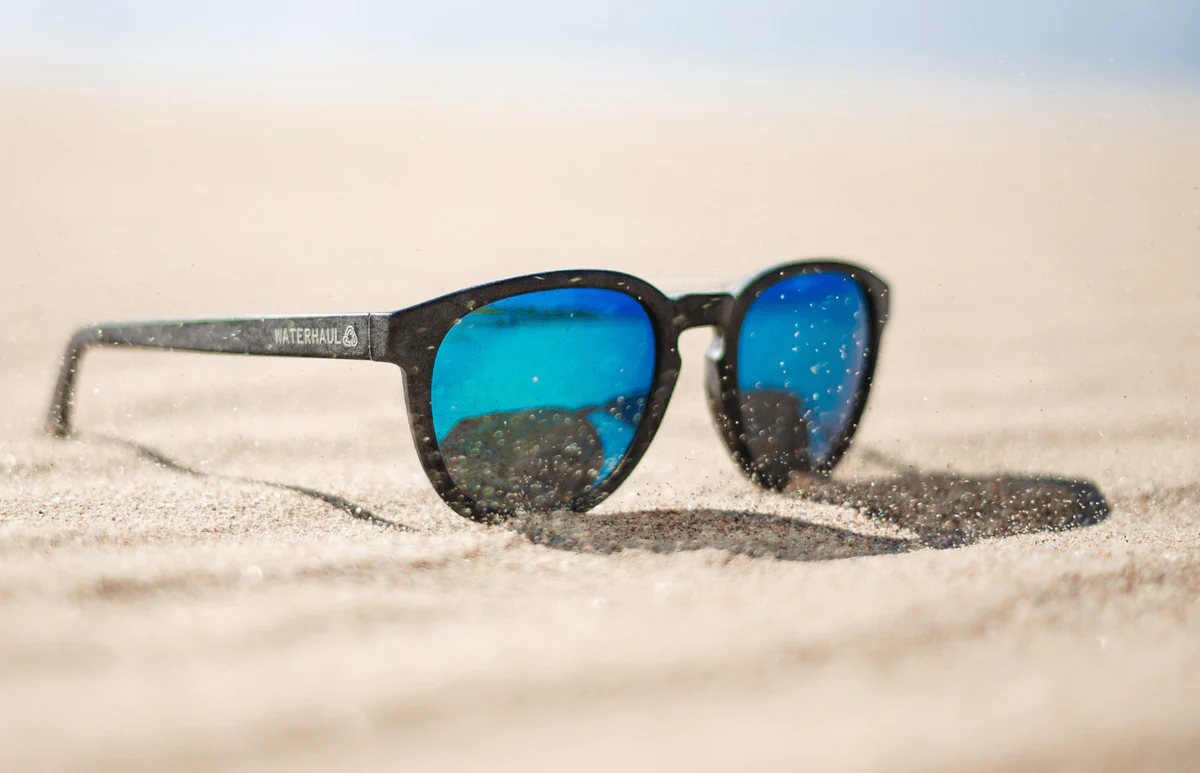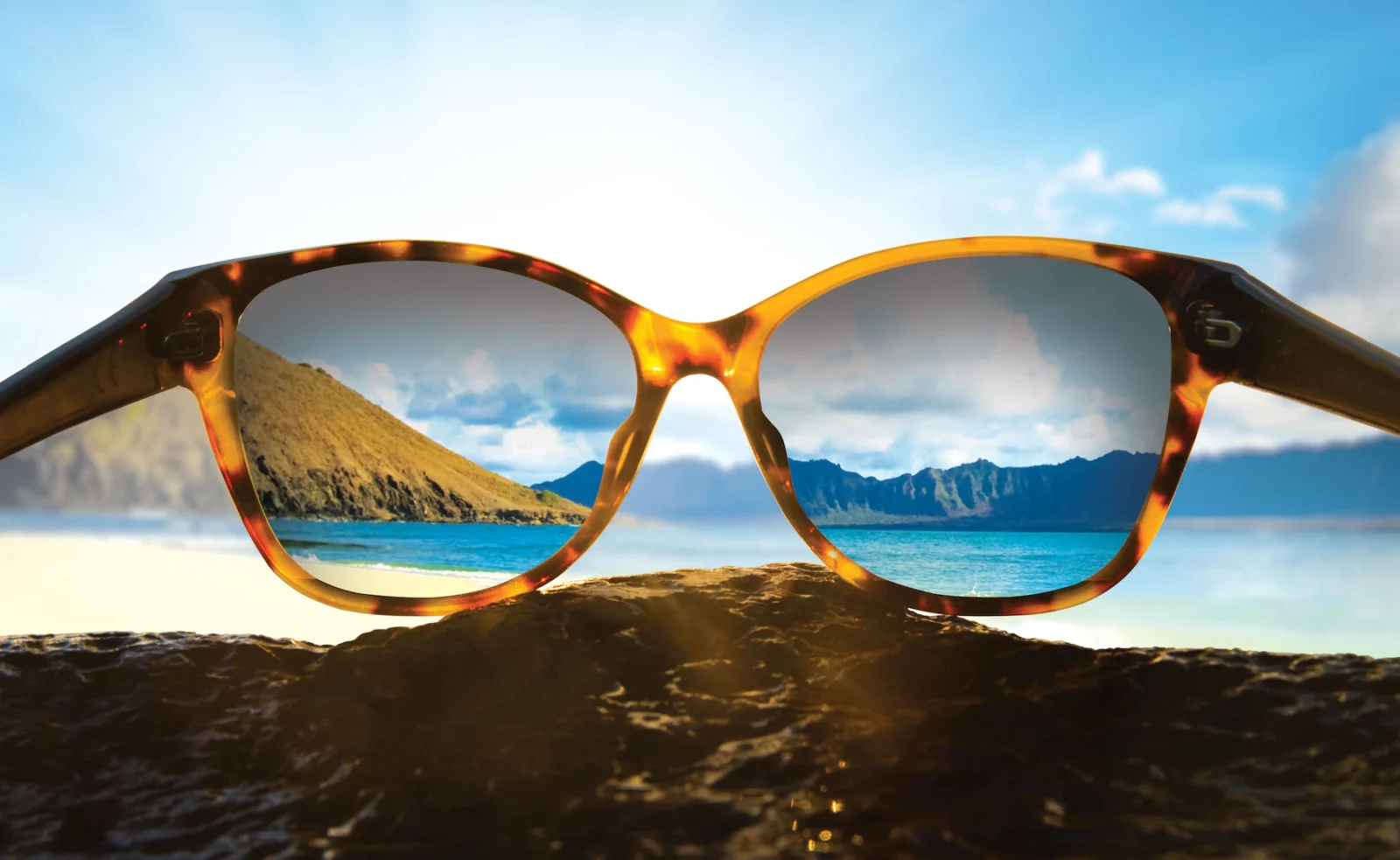With so many sunglass options on the market, it can get confusing trying to pick shades that actually protect your eyes from the sun’s harmful UV rays. Understanding the science behind UV protection helps you make informed choices when shopping for sunglasses.
How UV Rays Damage Eyes
The sun gives off ultraviolet (UV) light waves just outside the visible light spectrum. While we can’t see UV rays, their high energy can inflict damage on the eyes over time.
There are three types of UV light:
UVA Rays
Making up 95% of UV radiation, UVA rays have longer wavelengths that penetrate deeply into the eyes. This radiation contributes to cataracts and macular degeneration later in life.
UVB Rays
Shorter wavelength UVB rays mostly impact the outer eye surface. Overexposure leads to conditions like photokeratitis, eyelid cancers, and pterygium.
UVC Rays
The most dangerous UV waves are fully absorbed by the ozone layer before reaching earth. No UVC light reaches ground level.
Repeated UV exposure destroys molecules in the eye that filter radiation. Damaged eyes struggle handling normal light conditions. Vision problems, eye disease risks, and cosmetic issues arise over time.
Sunglass Lens Materials

Sunglass lenses filter out UV using special light-absorbing molecules bonded into the lens material. Different materials offer varying levels of UV protection:
Polycarbonate
Polycarbonate plastic lenses absorb 100% of UVB and UVA rays. The shatter-resistant material doesn’t distort visible light waves. Polycarbonate is ideal for impact protection.
CR-39
The most common plastic eyeglass lens material, CR-39 also blocks 100% UVA and UVB when properly treated. It’s lighter than glass but scratches easier.
Trivex
Similarly to polycarbonate, Trivex filters 100% UVA/UVB and won’t shatter on impact. It’s the lightest lens material available.
Glass
Standard clear glass absorbs UVB but not all UVA rays. Tinted glass lenses help filter more UVA but don’t offer full protection. Impact-resistant options like tempered glass are heavier.
Photogray or Transitions
Lenses that darken in sunlight still need inherent UV-blocking qualities from the base plastic or glass. Photochromic and polarized Transitions lenses absorb the same UV as the material allows.
Plastics like polycarbonate offer the most complete UV protection. But any material not inherently treated to absorb UV is risky. The experts over at Olympic Eyewear say you shouldn’t assume dark or expensive designer sunglasses alone provide sufficient protection. Look for verified standards to ensure safety.
Sunglass Frame Style Elements

How frames are designed and worn impacts the amount of UV reaching your eyes:
Lens Size
Larger lenses and frame coverage provide more UV protection. Wide styles and wraparounds prevent peripheral light from entering the frames. Small narrow frames leave the eye corners vulnerable.
Temple Arm Length
Sunglasses that sit close to the face keep out stray light. Frames with longer arms have more UV light gaps. Look for adjustable nose pads and tips that prevent slippage.
Lens Color & Polarization
While darkened lenses may seem to block more light, all colors absorb UV equally if the lenses have UV filters. Polarized lenses cut reflective glare but don’t offer added UV protection.
Wearing Habits
Improper wear diminishes UV benefits. Make sure frames sit straight with lenses directly in front of the eyes. Frequent pushing up lets in stray light. Remove your sunglasses only when necessary.
Conclusion
With knowledge of lenses and smart shopping, you can make shade and eye protection a priority this season and build healthy habits that prevent eye disease down the road.

